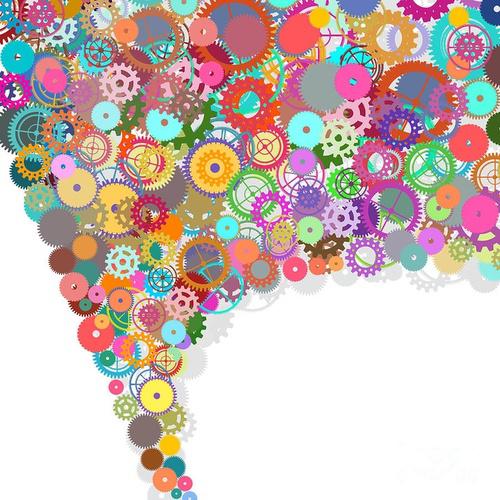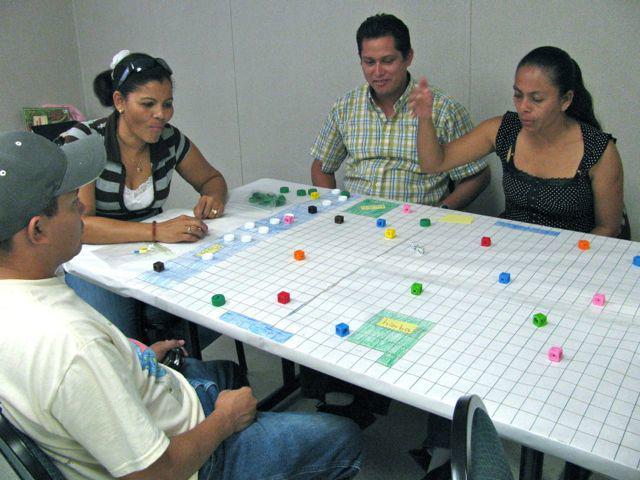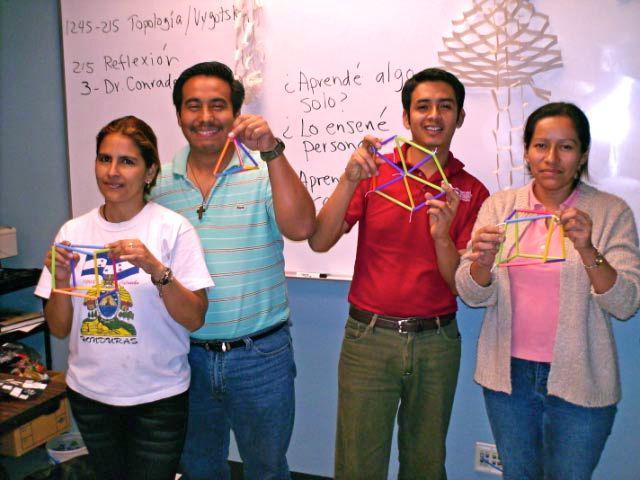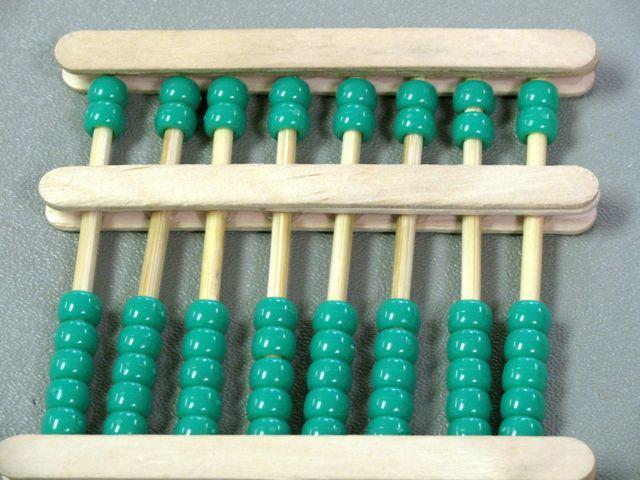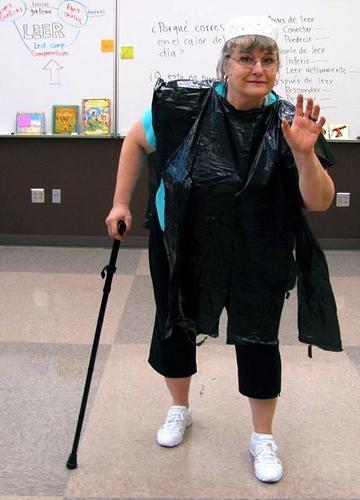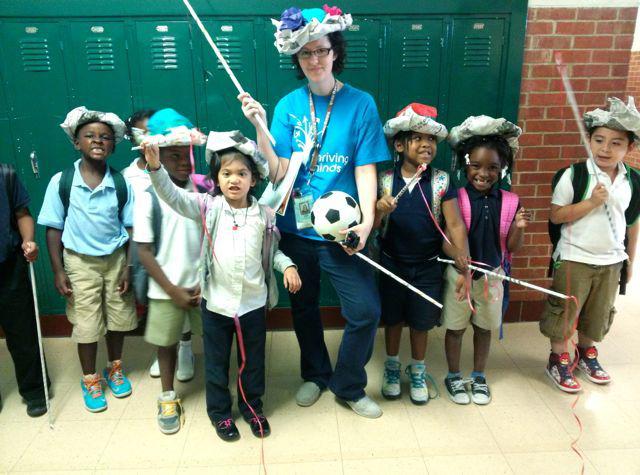In our side group discussion today someone from El Salvador expressed concern that he would need to have all the computer bells and whistles in order to have a proper clubhouse. I contend that no, creative learning can be done with even the most basic elements, and without expensive computer equipment, if that's not available to you for whatever reason.
One thing we are doing in the learning events we design, is taking somewhat didactic, boring ideas/concepts, PPT slides, etc., and we deconstruct them into interactive games. This creates a situation where learners have to get up out of their chairs, and suddenly they are thrown into an active learning situation that doesn't necessarily cost a lot in special equipment. We find that having a way to view videos for video discussion starters is really valuable because people learn from an deeper emotional perspective when they see stories of change in video format, however, we could also print out transcripts and read them together if we didn't have video capability.
From my experience, the bells and whistles and expensive equipment don't in and of themselves create the creative learning environment, it's more about creating safe learning spaces where people feel comfortable experimenting with exploration and different/new ways of thinking, whether its experimenting with writing poetry that only requires a paper and pencil, or if it's creating Scratch programming on a computer. So to me, the non-negotiables of creating creative learning environments is more about the philosophy of creative learning that's infused in the room as opposed to the equipment in the room at any given time.
What do you think are the necessary elements to creating a creative learning environment? Discuss...









